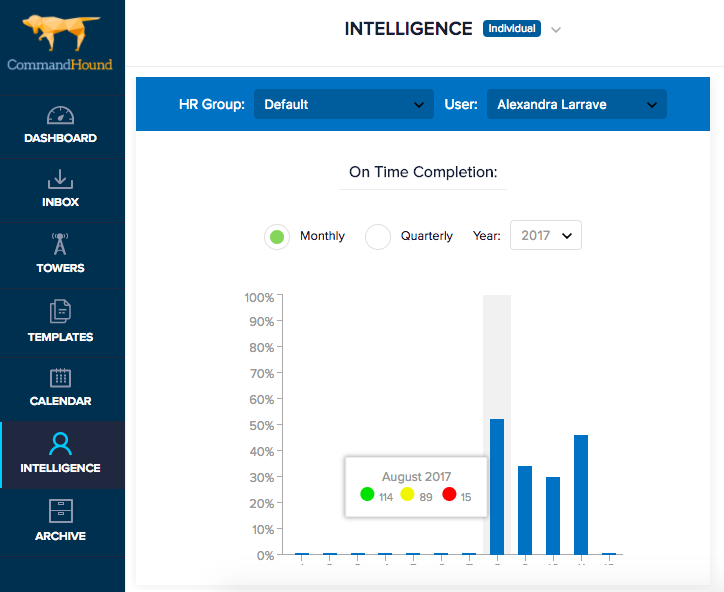Clarify Reporting Relationships to Improve Accountability in the Workplace
Making the transition from being an entrepreneur-led business to one that operates as an “institution” is not easy. A business that deals with everything that comes their way in a reactive, ad-hoc, team-based manner is not scalable. So, start with clearly defining and communicating a function-based org chart that nicely follows your value-chain.

The strength of entrepreneur-led businesses is their ability to react and adapt to their environment as needed when needed. This model begins to break down when transaction volumes increase. In order to scale, business need to begin to structure things – e.g., reporting relationships, job descriptions, policies, procedures, and systems.
Define a Value-Chain Org Chart
A good place to start is the definition of a value-chain based org chart. A value-chain based org-chart tends to be very stable and resilient to change because as long as the organization stays in the same business, the value-chain does not change.
Over time, the only thing that changes is who “wears what hat.” In the early stages, one person is likely to wear multiple hats because the volume of transactions going through the business is small. As things grow, new personnel will be hired to take care of the functions that one person can no longer deal with, eventually converting fully to a one-person-one-hat structure.
Enforce the Structure
The challenge is the enforcement of reporting relationships, accountability, and responsibility when people are wearing multiple hats. If not done properly, confusion arises around who is doing what and who is responsible for which functions.
5 Structure Enforcement Rules
So, here are 5 structure enforcement rules to keep in mind while trying to enforce reporting relationships:
1. Who Are You?
In any business interaction, you should be clear about who you are interacting with and what role/job they have. You should ask “who are you?” in situations when people are wearing multiple hats.

For example, if a person is the VP or Marketing but also wearing the CFO hat, clarification of what role this person is palying at any given moment will make the transaction a lot more efficient.
2. Why Are You Talking to Me?
The next step after clarifying who you are talking to is “why are you talking to me?” in the case that there is no reporting relationship between those functions and yours in the org chart.
For example, if you are an IT Manager reporting to the Chief Administration Officer (CAO) and the VP of Marketing comes to you with a request to develop a new application, the appropriate response should be redirect the interaction to the the CAO to prioritize resources based on other things on your plate. Ultimately, the CAO may engage the President to resolve or clarify any issues.
3. Say It Once
If done properly, the clarity of roles, responsibilities, and reporting relationships will help everybody understand when they are ultimately accountable to get something done. No confusion, no double-headed monsters.
4. Drive Accountability
Accountability is a natural result once you have validated who you are talking to and that the interaction makes sense according to the org chart and governance model in place.

5. Don’t Under-value Teamwork
It is important to mention that none of these structure enforcement rules precludes a team from working together and helping each other when things need to get done. However, understanding the structure and governance model of the company will help clarify exceptions and support a culture of accountability more effectively in the long run.
6. Automate
Using an accountability tool like CommandHound to make sure things get done once agreed can significantly increase effectiveness.

CommandHound Drives Accountability in the Workplace
CommandHound drives accountability by not only defining what needs to be done but also by following up, reminding, escalating and, most importantly, tracking completion performance at the individual or team levels for performance review purposes.
Next Steps
Would you like to learn more about how CommandHound can help you enforce reporting relationships as you grow?
